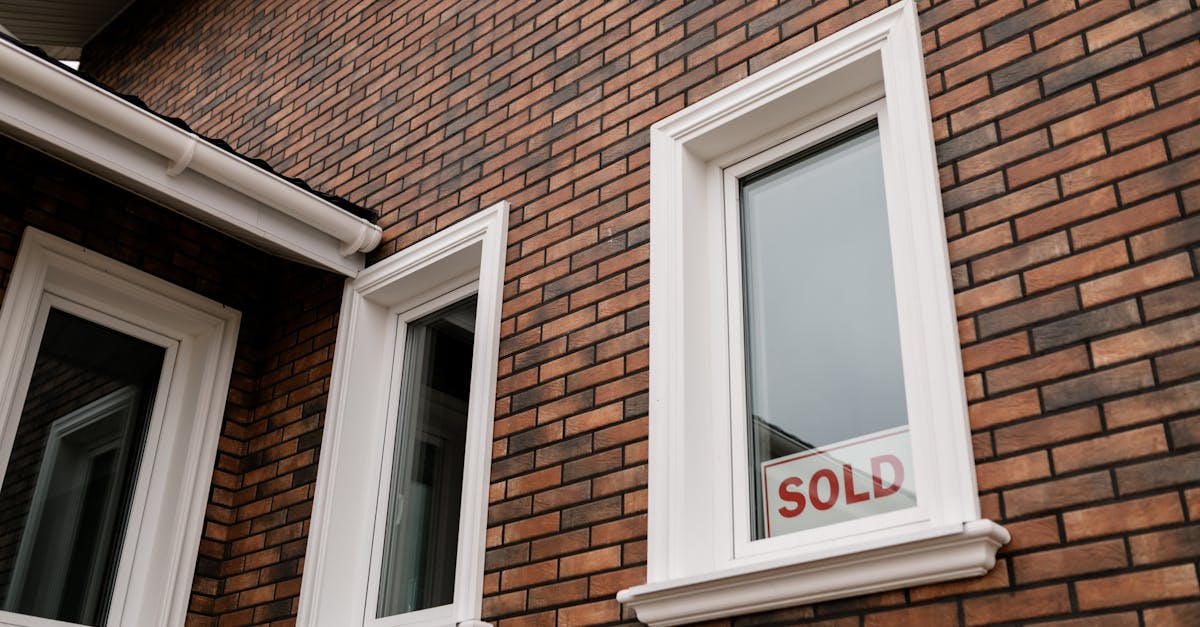Georgia DSCR Loan Information

Things to do and places to visit in Union Junction, Savannah
Table Of Contents
River Street
River Street is a vibrant hub that offers a mixture of historical charm and modern attractions. This picturesque waterfront district is lined with cobblestone streets, historic buildings, and beautiful river views. Visitors can explore an array of shops, galleries, and restaurants that provide a taste of local culture. Street performers often add to the lively atmosphere, creating an inviting space for both locals and tourists.
The Savannah River plays a crucial role in the area’s appeal. Riverboats cruise by, and the sight of massive container ships adds a unique backdrop. Visitors can enjoy a leisurely stroll along the riverwalk, taking in the fresh air and scenic views. Numerous parks and waterfront areas provide spots to relax and soak up the ambiance, making it a perfect destination for families and friends alike.
River Street
Bonaventure Cemetery
Nestled along the banks of the Wilmington River, Bonaventure Cemetery is a mesmerizing blend of nature and history. Established in the early 19th century, it boasts an array of beautiful Southern oaks draped in Spanish moss, creating an enchanting atmosphere. The cemetery is renowned not only for its scenic beauty but also for its elaborate tombstones and mausoleums, many of which showcase intricate carvings and artistic design. Visitors can wander through the historic pathways, where they often encounter the final resting places of notable figures from Savannah’s past.
This cemetery has earned its reputation as a popular spot for photography and reflection. The landscape features dramatic sculptures, unique grave markers, and serene waterways that contribute to its hauntingly beautiful charm. As visitors stroll through the grounds, they may also find themselves captivated by the stories etched in stone, each telling of lives lived and legacies left behind. Bonaventure Cemetery invites exploration and contemplation, offering a glimpse into the rich tapestry of Savannah's history amidst a tranquil setting.
Bonaventure Cemetery
The Cathedral of St. John the Baptist
This stunning cathedral stands as one of Savannah's most significant landmarks. With its striking Gothic architecture, the building features intricate stained glass windows that depict biblical scenes. Visitors are often captivated by the ornate altar, which showcases beautiful craftsmanship and a peaceful ambiance.
Inside, the serene atmosphere invites contemplation and reflection. Guided tours provide insight into the rich history of the cathedral, which dates back to the 18th century. The church not only serves as a place of worship but also as a centerpiece for community events and cultural gatherings, making it an essential stop for anyone exploring Savannah.
The Cathedral of St. John the Baptist
Owens-Thomas House & Slave Quarters
The Owens-Thomas House is a prime example of Regency architecture and offers a glimpse into the grandeur of early 19th-century life. Built between 1816 and 1819, it was designed by the renowned English architect William Jay. The house features exquisite detailing, including an elegant staircase and beautifully preserved interiors. Visitors can explore the various rooms, which showcase period furnishings, decorative arts, and artifacts that reflect the lifestyle of the household.
Adjacent to the main house, the Slave Quarters provide a stark contrast to the opulence of the residence. This area is a poignant reminder of the history of slavery in the region. The quarters were used to house enslaved individuals who worked on the property. Exhibits within the quarters contextualize their experiences, shedding light on the daily lives, struggles, and strengths of those who lived there. This combination of the Owens-Thomas House and its Slave Quarters creates a deeper understanding of Savannah's complex history.
Owens-Thomas House & Slave Quarters
FAQS
What are some popular activities to do on River Street?
River Street offers a variety of activities including dining at waterfront restaurants, shopping in unique boutiques, and enjoying scenic river views. You can also explore art galleries and take riverboat cruises.
What should I know before visiting Bonaventure Cemetery?
Before visiting Bonaventure Cemetery, it's advisable to check the visiting hours and consider taking a guided tour to learn about its rich history and notable graves. Remember to be respectful, as it is a cemetery.
How can I get to The Cathedral of St. John the Baptist?
The Cathedral of St. John the Baptist is located in the historic district of Savannah. You can easily reach it by walking, biking, or taking a short drive. There is also public transportation available.
Is there an entrance fee for the Owens-Thomas House & Slave Quarters?
Yes, there is an entrance fee for the Owens-Thomas House & Slave Quarters. The fee typically includes a guided tour, which provides deep insights into the history of the house and its significance.
Are there any family-friendly attractions in Union Junction, Savannah?
Yes, Union Junction has several family-friendly attractions such as River Street, where kids can enjoy the riverfront, and the Owens-Thomas House, which offers educational tours suitable for all ages.